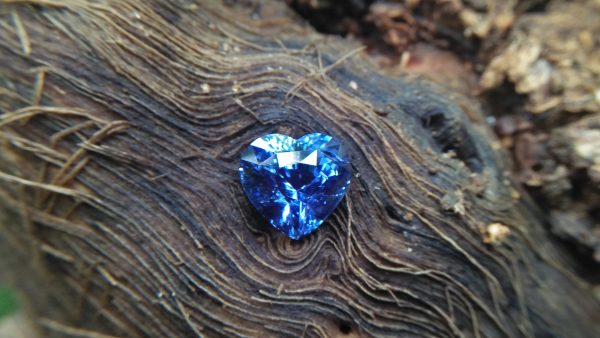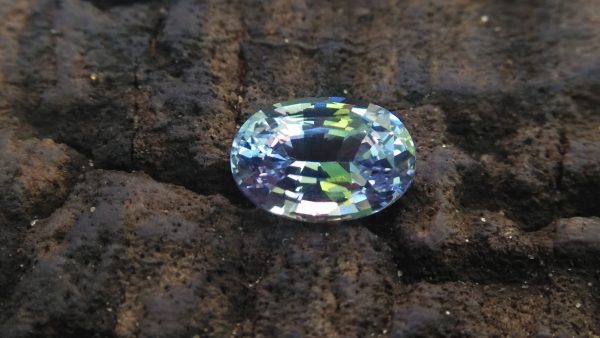Description
Natural Light Yellow Sapphire
Colour: Light Yellow
Shape: Round
Weight : 0.60 Cts
Dimension : 5.01 x 3.9 mm
Treatment: Unheated
Clarity: VS
Sapphire is a precious gemstone, a variety of the mineral corundum, consisting of aluminum oxide with trace amounts of elements such as iron, titanium, chromium, copper, or magnesium.

Sapphire deposits are found in Eastern Australia, Thailand, Sri Lanka, China, Vietnam, Madagascar, Greenland, East Africa, and in North America in mostly in Montana. Madagascar, Sri Lanka, and Kashmir produce large quantities of fine quality Sapphires for the world market. Sapphires are mined from alluvial deposits or from primary underground workings.
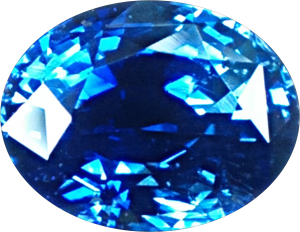
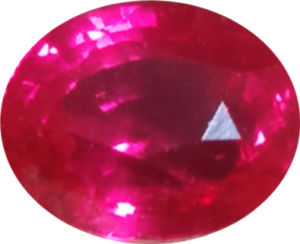
Blue Sapphire and Ruby are the most popular Gemstone in Corundum Family.
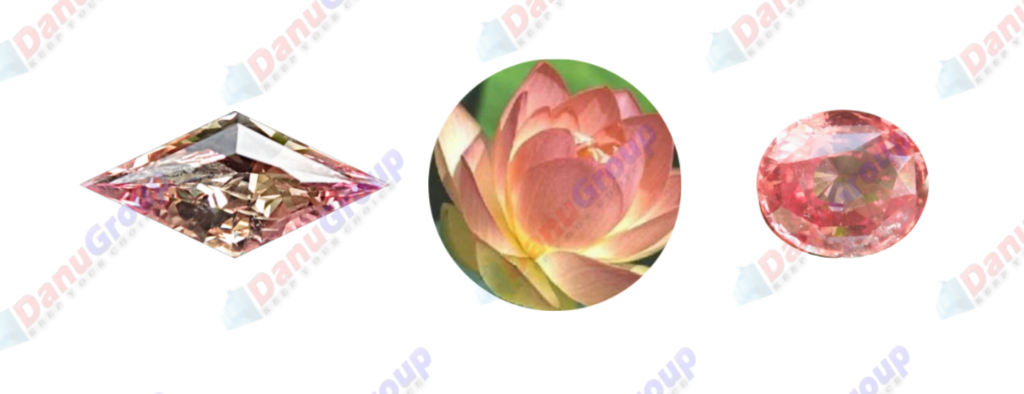
also, Orangy Pink Sapphire is called Padparadscha. The name Drive’s from the Sinhalese word “padmaraga” ” පද්මරාග“, meaning lotus blossom, as the stone is of a similar color to the lotus blossom.
Bi-Color Sapphire from DanuGroup Collection
Also, Sapphire can be found as parti-color, bi-color or fancy color. Australia is a main parti-color Sapphire producer.
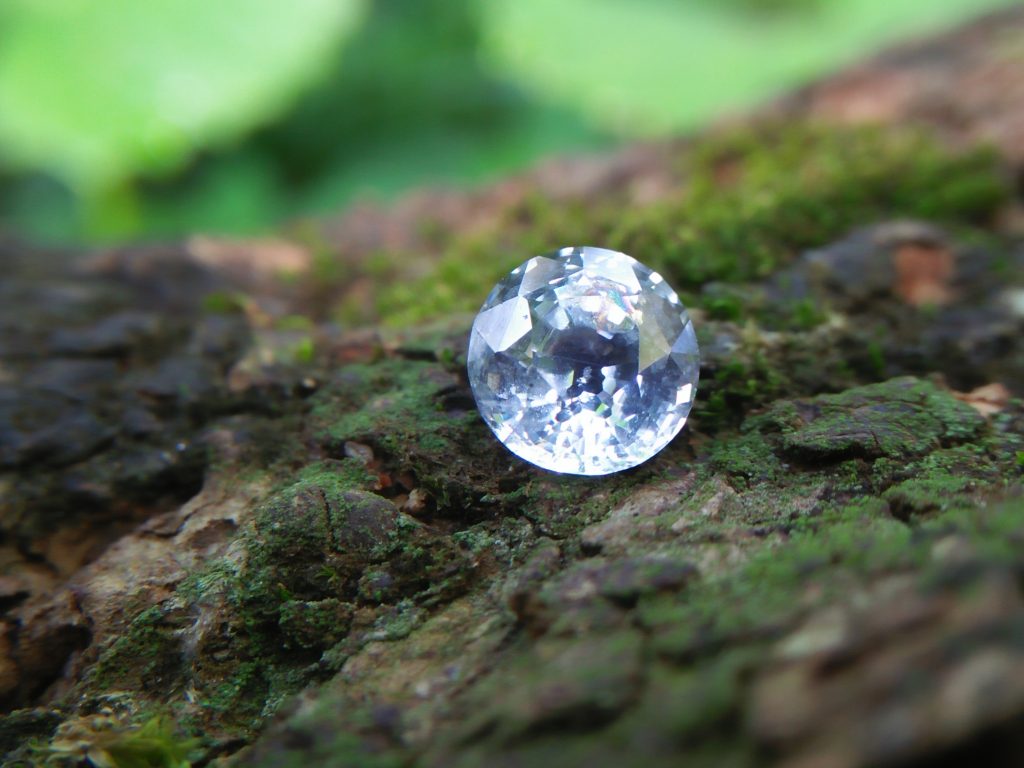
also, White sapphire is a very popular stone to wear instead of Diamond as a 3rd hardness gemstone after diamond ( moissanite hardness is 9.5).

A star sapphire is a type of sapphire that exhibits a star-like phenomenon known as asterism.
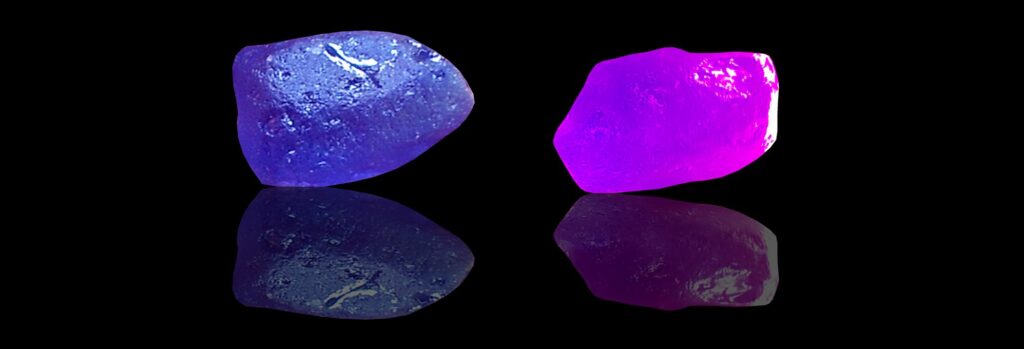
Also, A rare variety of natural sapphire, known as color-change sapphire, exhibits different colors in a different light.
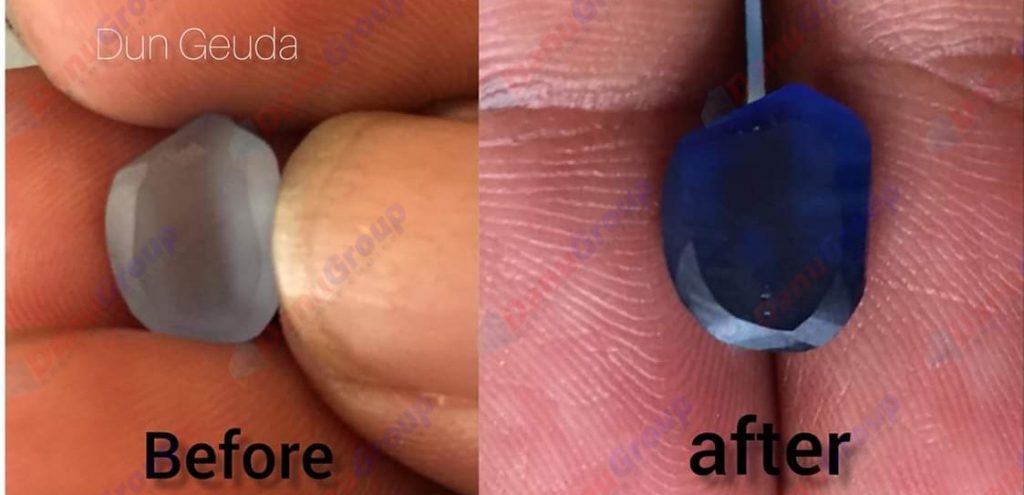
Sapphires can be treated by several methods to enhance and improve their clarity and color. A common method is done by heating the sapphires in furnaces to temperatures between 500 and 1,850 °C for several hours, or by heating in a nitrogen-deficient atmosphere oven for 1 week or more. Geuda is a form of the mineral corundum. Geuda is found primarily in Sri Lanka. It’s a semitransparent and milky appearance due to rutile inclusions. Geuda is used to improve its color by heat treatment. Some geuda varieties turn to a blue color after heat treatments and some turn to red after oxidizing. Also, Kowangu pushparaga turns to yellow sapphire after oxidizing.
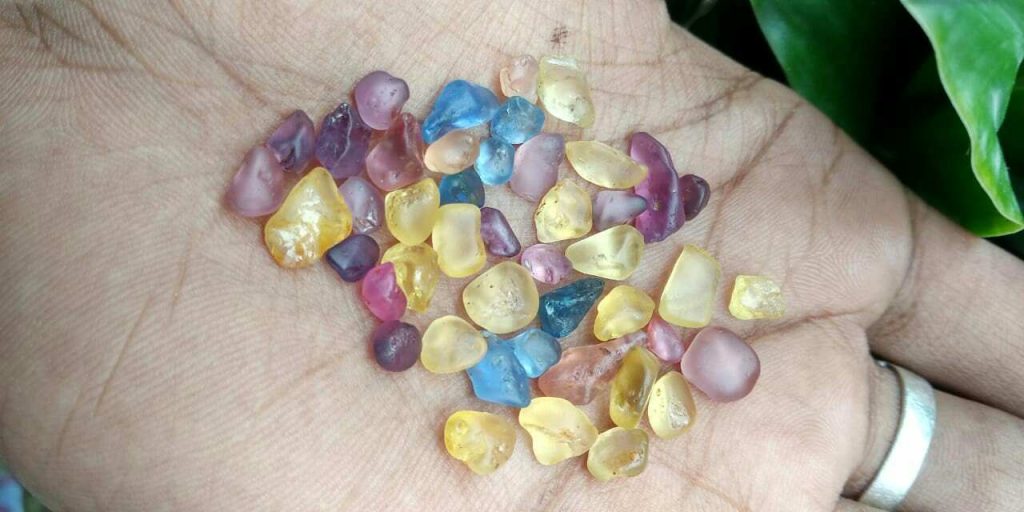

Sapphire Crystal system is a Trigonal crystal system with a hexagonal scalenohedral crystal class. Sapphire hardness is 9 according to the Mohs hardness scale with 4.0~4.1 specific gravity.
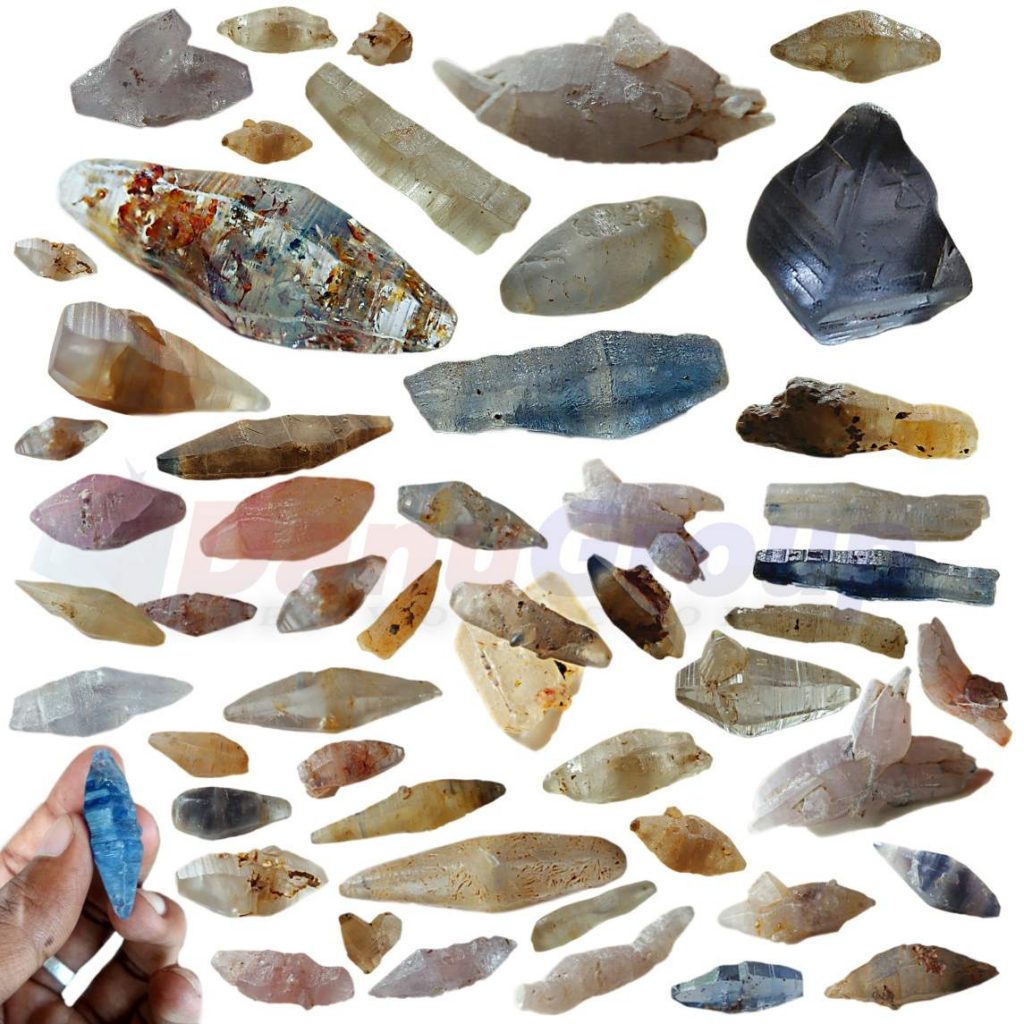
Refractive index ω =1.768–1.772 nε =1.760–1.763 Solubility = Insoluble
Melting point = 2,030–2,050 °C
Birefringence = 0.008
Pleochroism = Strong
Luster = Vitreous
Sapphire is the birthstone for September and the gem of the 45th anniversary.

Healing Properties of Sapphire
Sapphire releases mental tension, depression, unwanted thoughts, and spiritual confusion. Sapphire is known as a “stone of Wisdom”. It is exceptional for calming and focusing the mind, allowing the release of mental tension and unwanted thoughts. Sapphire is also the best stone for awakening chakras. Dark Blue or Indigo Sapphire stimulates the Third Eye chakra. Blue Sapphire stimulates the Throat Chakra. Green sapphire stimulates Heart Chakra. Black Sapphire stimulates Base Chakra. White sapphire stimulates Crown Chakra. Yellow sapphire stimulates Solar Plexus Chakra.
Yellow sapphire is one of the most recognized gemstones in Vedic astrology worn for professional success, marital bliss, improved will power, and healthy progeny. It is believed to hold the powers of the planet Jupiter. Jupiter is the heaviest planet in the solar system, hence imparting distinctive powers to Yellow Sapphire over other precious stones. It is known for providing healing powers in the ailments of the kidneys, mouth, rheumatism, cough, and fever. Yellow Sapphires are worn in the Index finger of the correct hand on a Thursday morning of the Shukla Paksha (waxing moon)


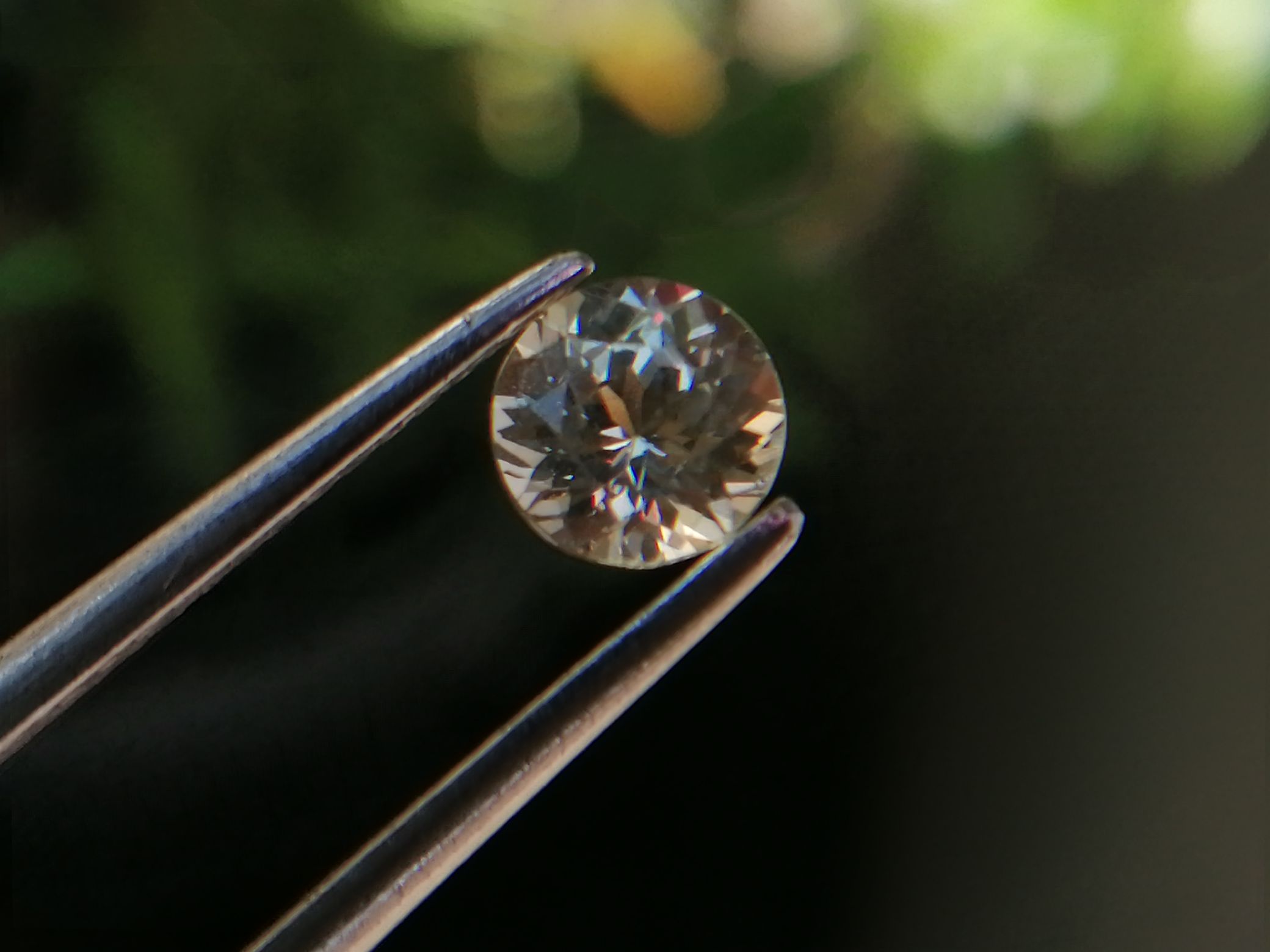

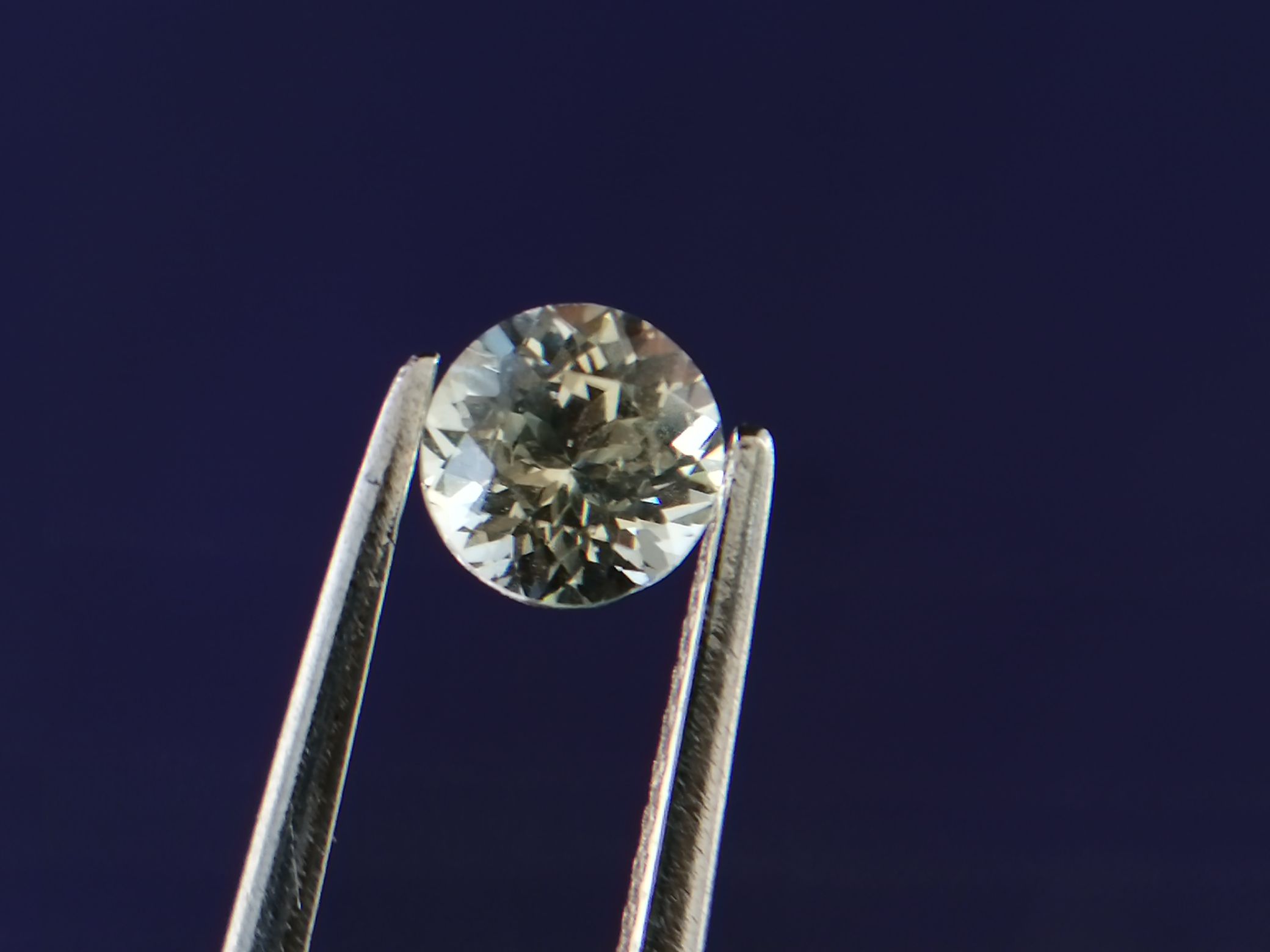
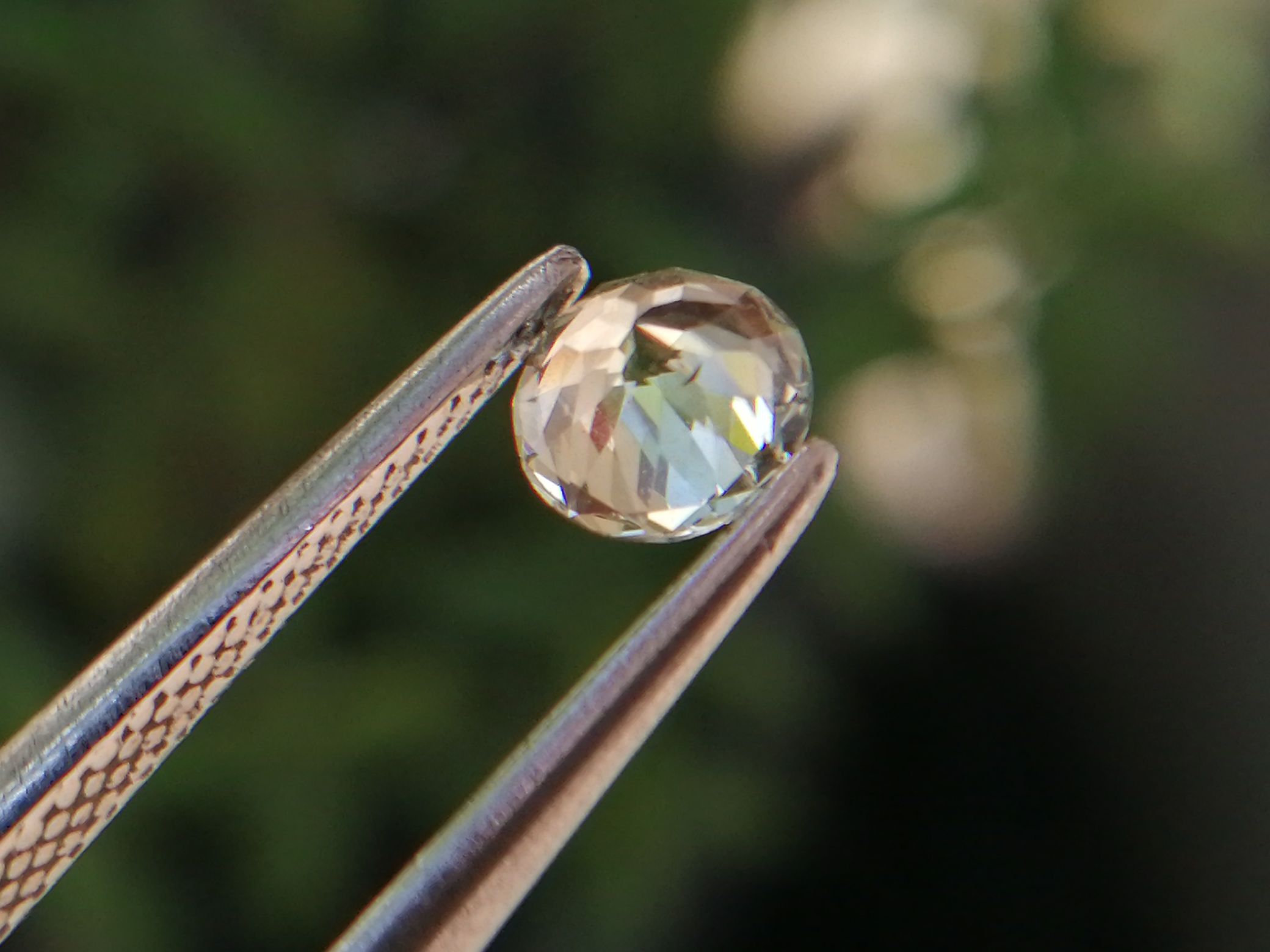
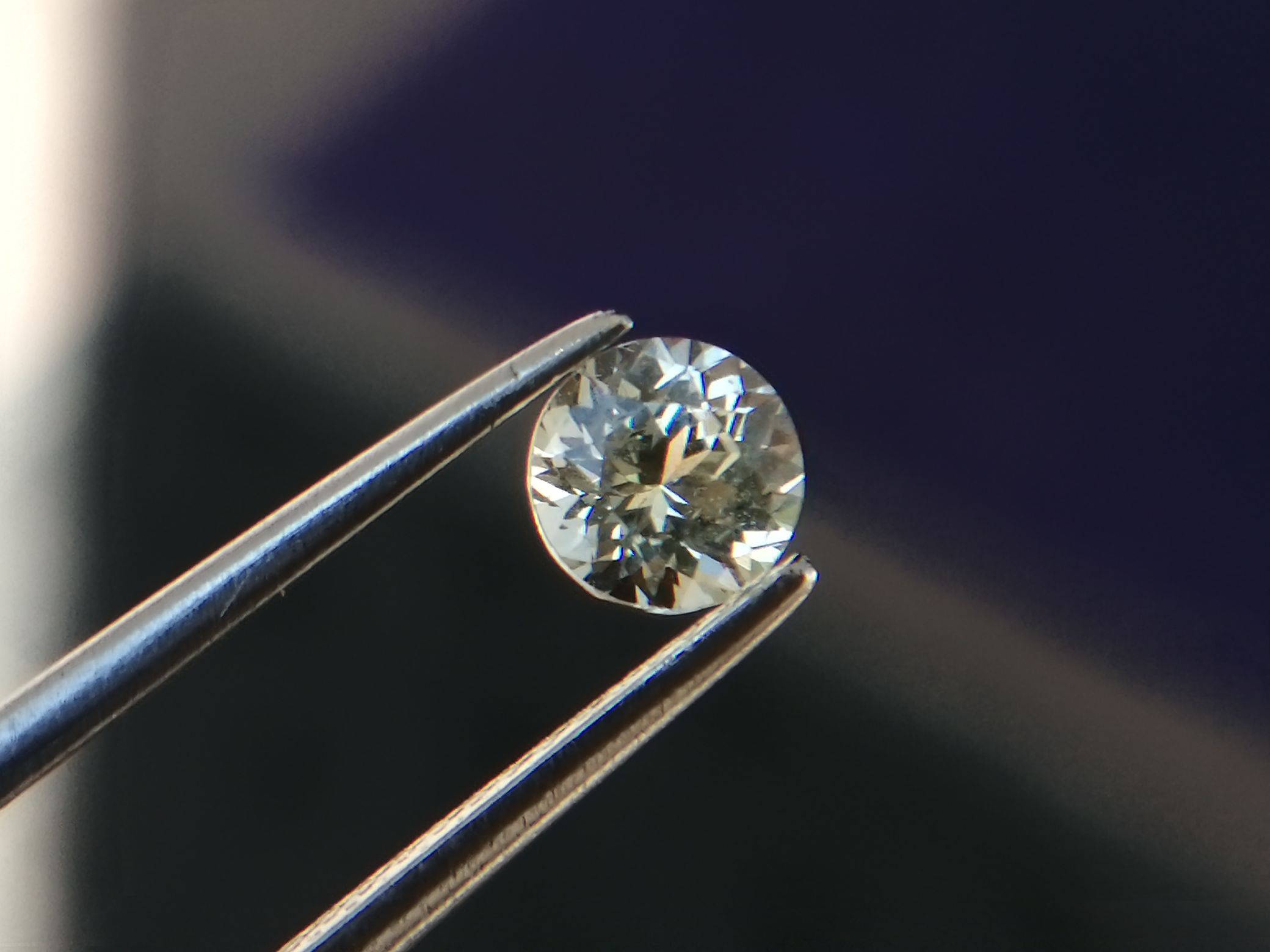
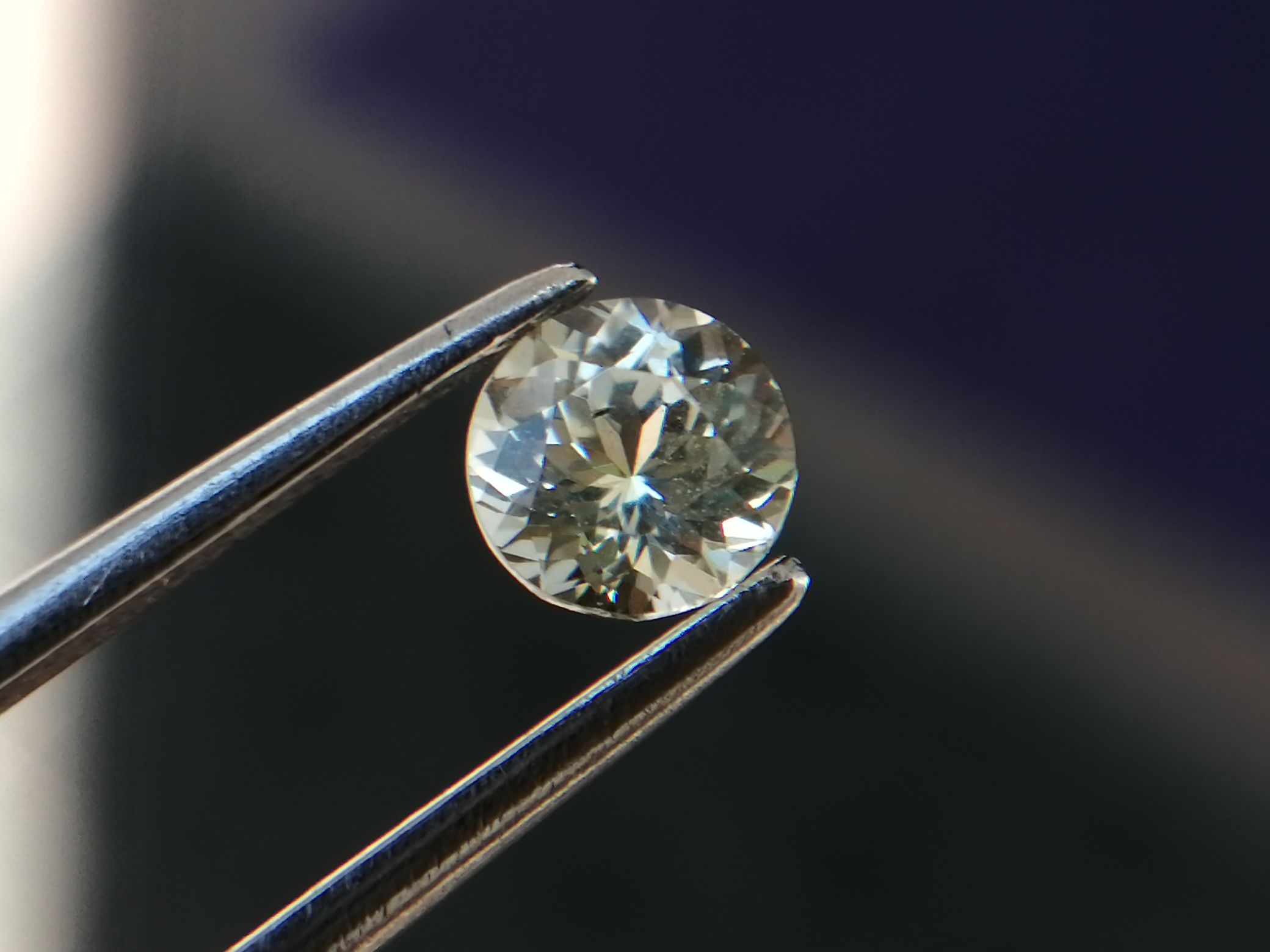
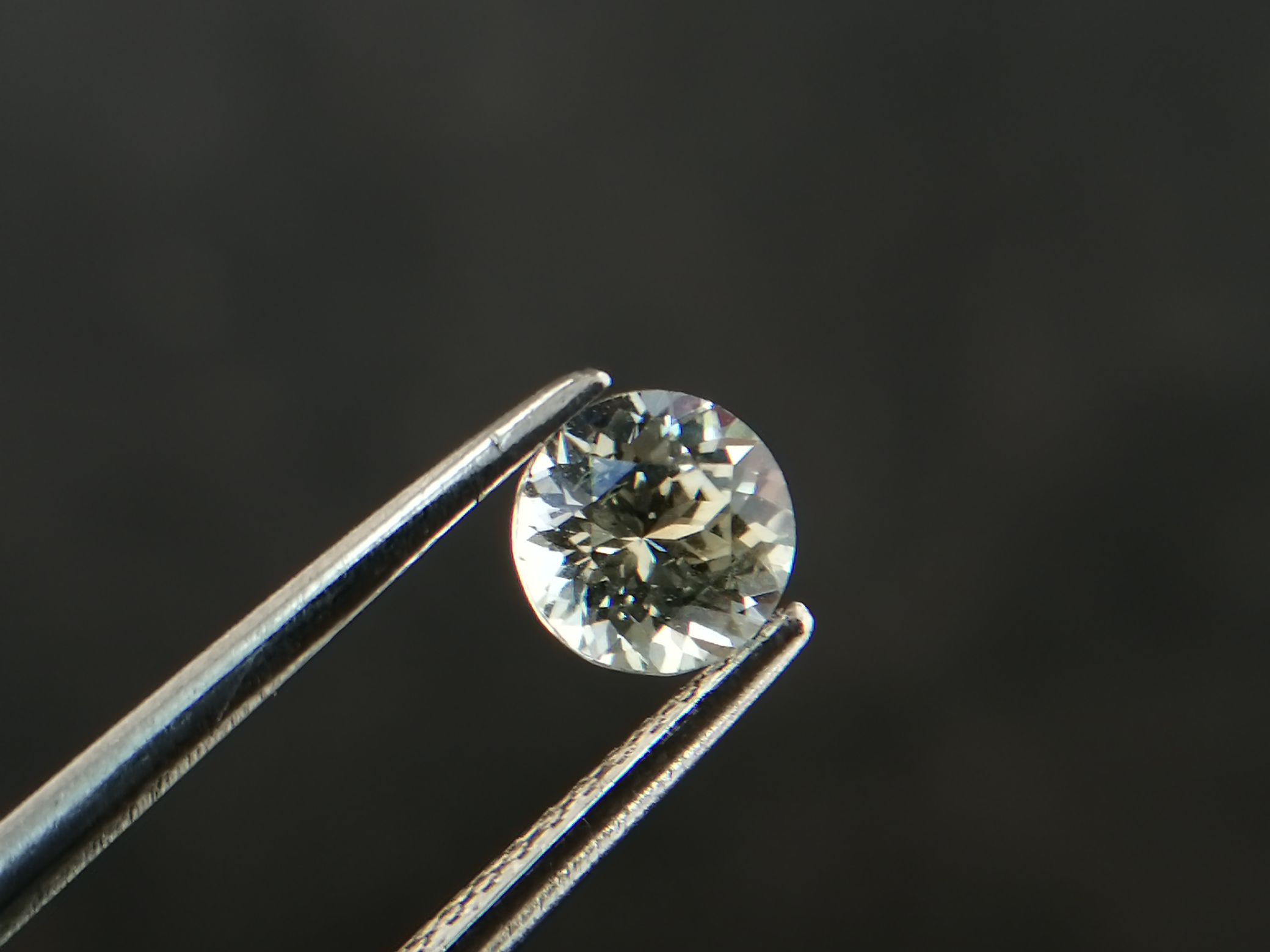

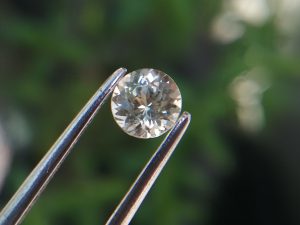
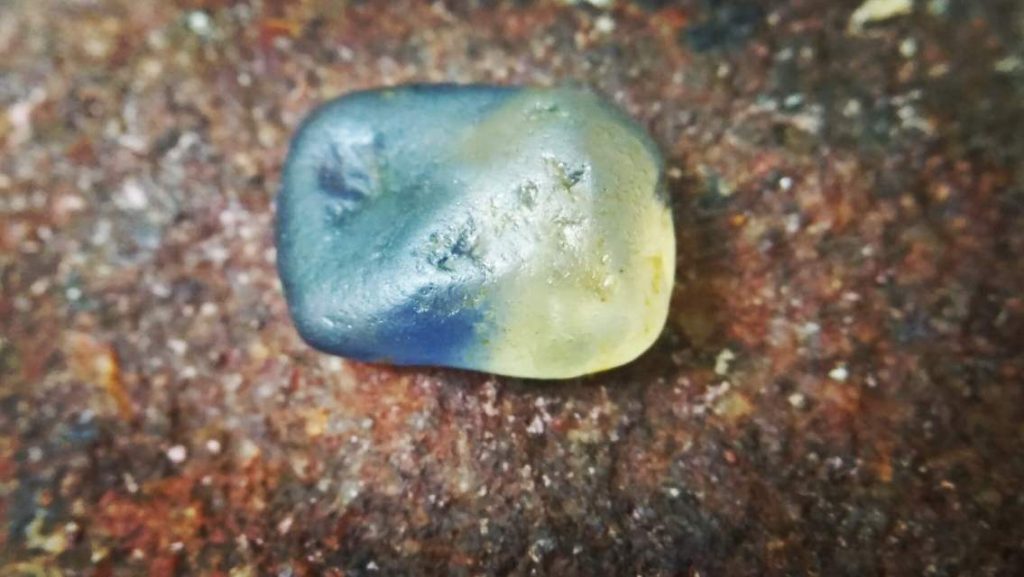 Bi-Color Sapphire from
Bi-Color Sapphire from 